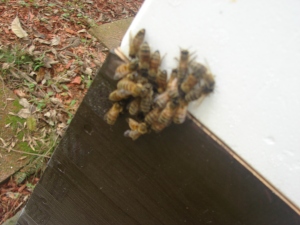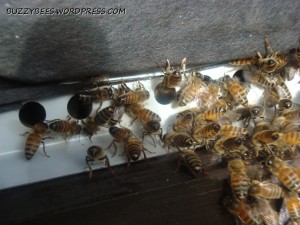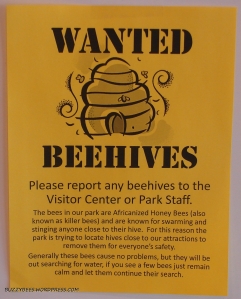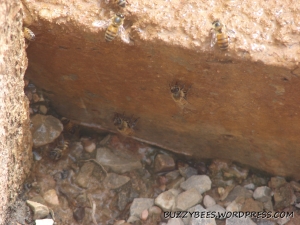It’s finally starting to feel like Spring here (and even summer too, if you close your eyes sometimes), so despite all of the craziness in the world today life has still retained a modicum of business too. That being said, here is an update as to what has been going on since my last post.
Apprentices
Continuing from last year, my cousin has been helping me with many of our our beekeeping tasks this season. He also is taking advantage of the free beekeeping class being offered by Penn State, so his knowledge is catching up with his interest! We had our first ‘normal’ inspection (that is, we weren’t installing bees or peeling brace comb out during queen acceptance checks) about a week ago so I thought it was time for him to try his hand at handling the frames. Needless to say, he did great, even with my poor tutelage.
We even had my son suited up again and helping out. At 7, he’s got a bit more learning to do. However, I’m glad he still has the interest. It’s good to have the extra hands!
Swarm
Swarms always seems to have the oddest timing for me. Take for example my first ‘catch’ of the season. We were at home eating lunch on the back porch the day after Memorial day. Looking back into our yard, a large cloud of insects had assembled, which my wife correctly guessed was a swarm. They ended up coalescing about 2 feet off the ground in a forcynthia bush between our property and the neighboring doctor’s office. You can see from the photo below that it was a simple matter of bumping them off the branch and into the box. It’s usually never that easy!
The crazy part of this story was that this all occurred about 20 minutes before a conference call. While I was able to get everything straightened up and the bees homed, it unfortunately didn’t give me a lot of time to take photos. Bottom line, we’re back up to three hives!

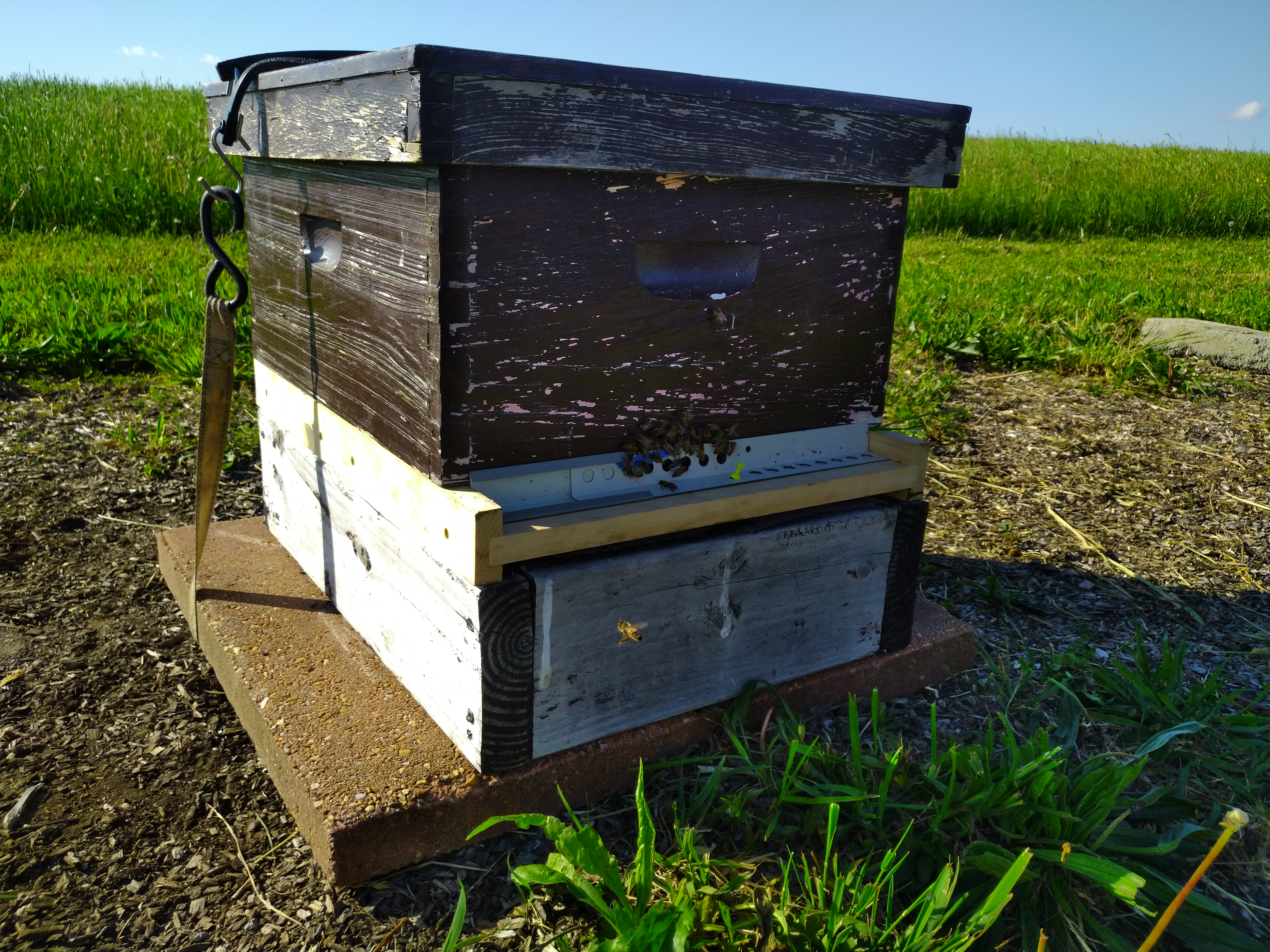
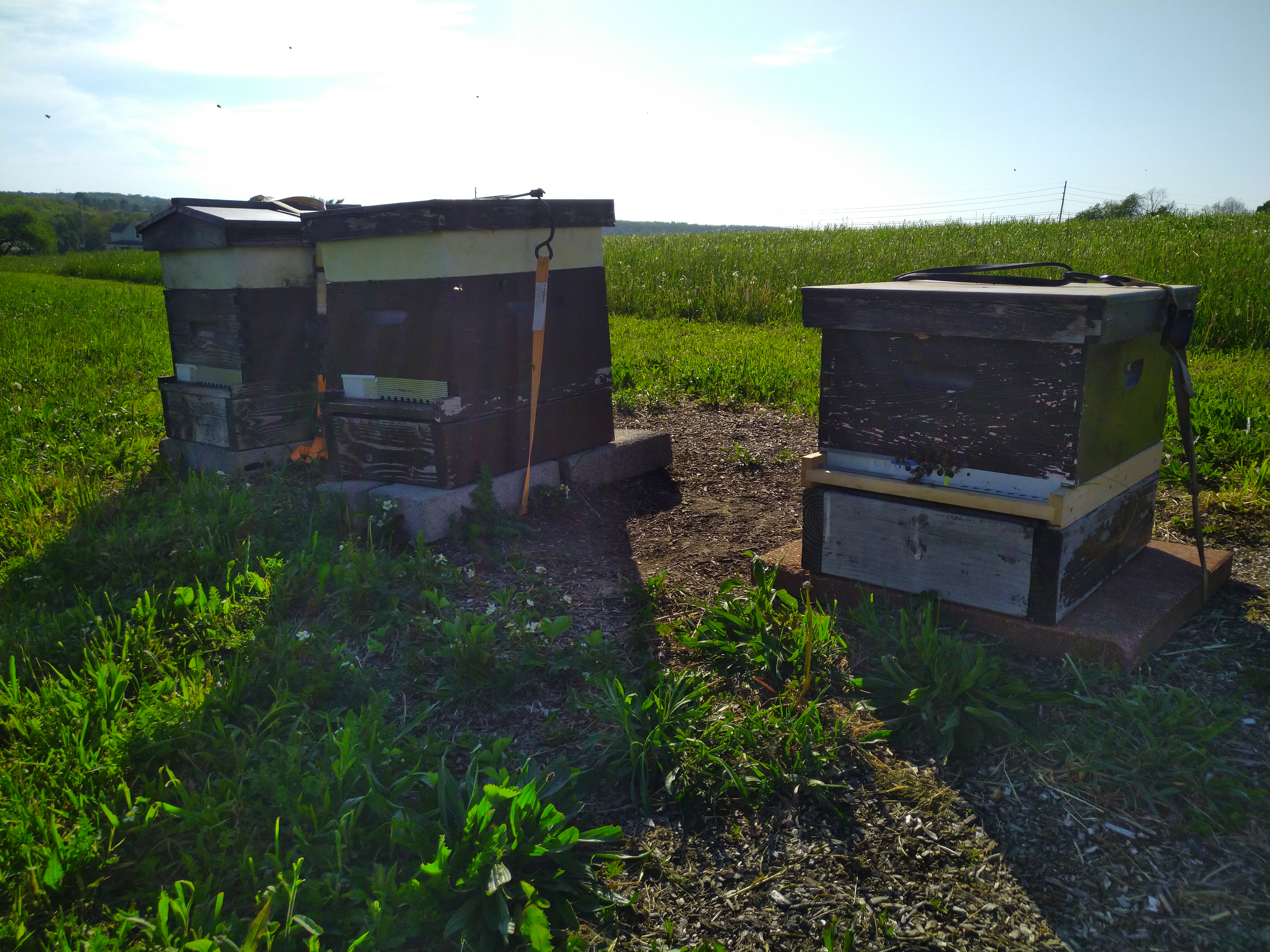

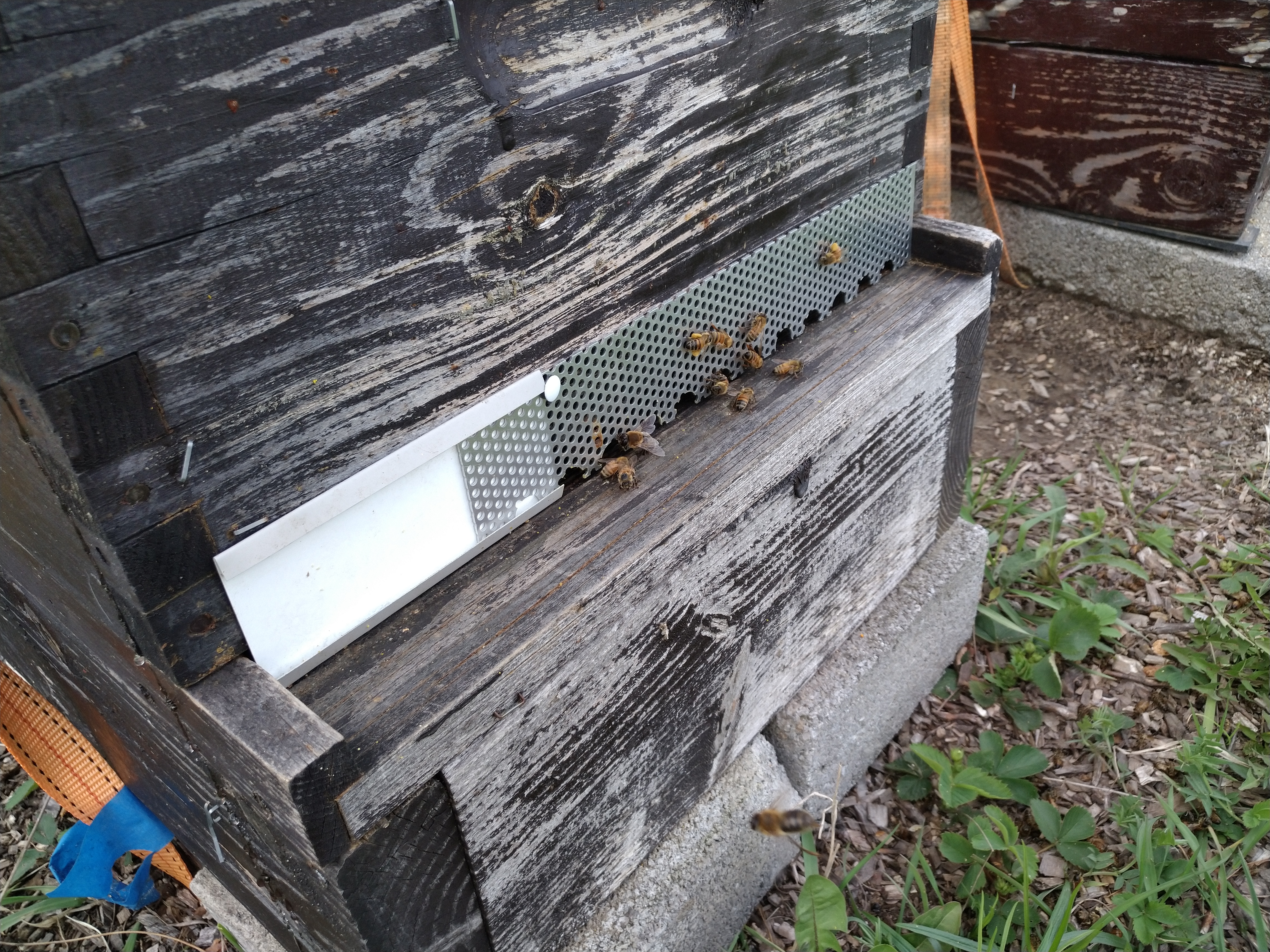

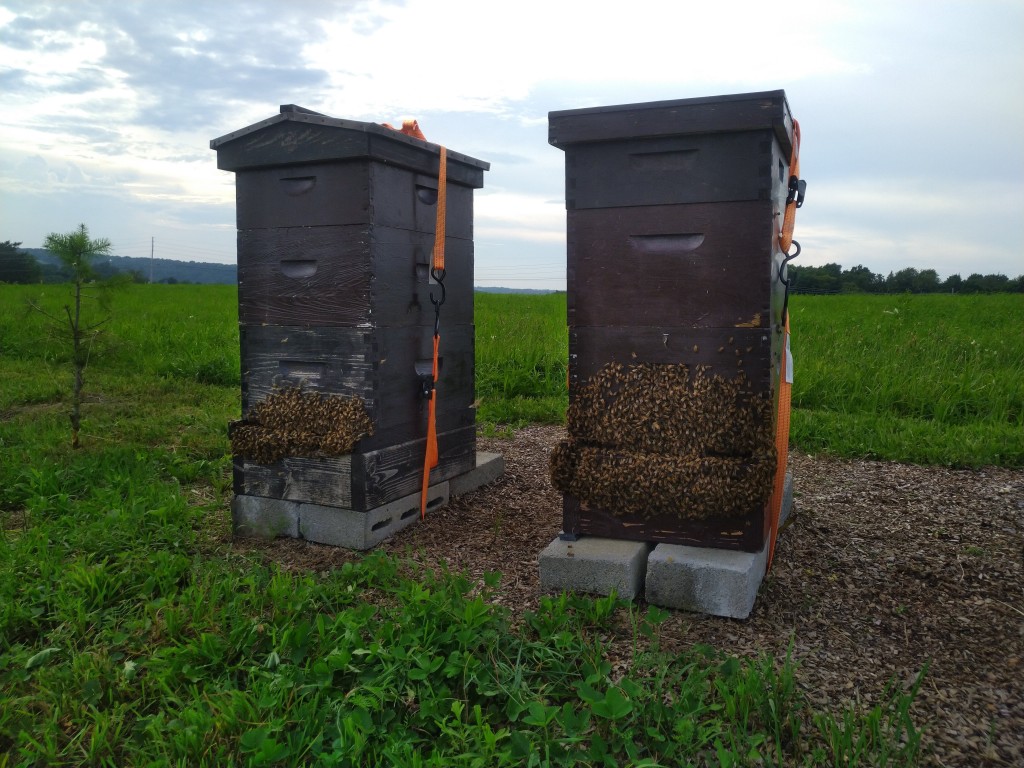
 When I originally
When I originally 